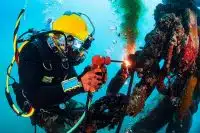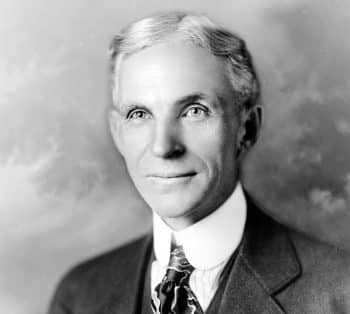Home » Dangerous Jobs • Employment News » Dangerous Jobs: Astronauts face radiation and high temperatures
Dangerous Jobs: Astronauts face radiation and high temperatures
https://www.whatjobs.com/news/dangerous-jobs/dangerous-jobs-astronauts-face-radiation-and-high-temperatures

By Kris Paterson in Dangerous Jobs, posted August 10, 2023

Astronauts, the pioneers of space exploration, embark on a remarkable journey beyond the boundaries of Earth's atmosphere.
However, this thrilling life comes with significant dangers that demand courage, meticulous preparation, and advanced technology.
The challenges they face, from microgravity and radiation exposure to spacewalks and reentry, make being an astronaut an exceptionally hazardous job.
In this article, we will delve into the factors that contribute to the risks of space travel and the measures taken to ensure astronaut safety.
READ MORE: Dangerous Jobs: Bull Riders Face Being Trampled And Serious Injury
Experiencing microgravity
One of the most striking aspects of space travel is the near-absence of gravity.
While this phenomenon may seem enticing, it poses risks to an astronaut's health.
Extended periods in microgravity can cause muscle atrophy and bone density loss, potentially leading to mobility issues and fractures.
The re-adaptation to Earth's gravity upon returning can be equally challenging, with astronauts requiring extensive rehabilitation to regain their strength and balance.
Space radiation exposure
Beyond the protective shield of Earth's atmosphere, astronauts are exposed to cosmic radiation and solar particles, both of which can be harmful to human health.
Prolonged exposure to space radiation increases the risk of cancer and other radiation-related illnesses.
Mitigating this hazard remains a significant challenge for space agencies as they strive to develop advanced shielding technology and study the long-term effects of radiation exposure.
Spacewalks and extravehicular activities (EVAs)
Spacewalks or EVAs are essential for conducting repairs, maintenance, and scientific experiments outside the spacecraft.
However, this exposes astronauts to the vacuum of space, extreme temperatures, and micrometeoroids that can puncture spacesuits and jeopardize their lives.
Despite rigorous training and safety protocols, the inherent risks of spacewalks underscore the bravery and resilience required of astronauts.
Reentry and landing
The return journey to Earth poses a critical phase of any space mission.
During reentry, the spacecraft experiences intense heat and friction, causing immense stress on its protective heat shield.
The slightest malfunction during this phase can lead to catastrophic consequences.
The successful navigation through reentry and the safe landing of the spacecraft demand precise calculations and technological prowess.
READ MORE: Dangerous Jobs: Storm Chasers Face Lightning Strikes And Flash Flooding
Mechanical failures and technical challenges
Spacecraft are highly complex machines with numerous intricate systems.
Even with extensive testing, mechanical failures and technical issues can occur during space missions, putting astronauts' lives at risk.
Timely identification and resolution of these problems are crucial for ensuring the safety and success of the mission.
Psychological and social isolation
Astronauts endure extended periods of isolation and confinement within the confines of their spacecraft.
The psychological stress of being far away from Earth, family, and friends can be daunting.
This isolation can lead to feelings of loneliness, anxiety, and stress, highlighting the importance of psychological support during space missions.
Launch Risks
The launch phase of a space mission is undoubtedly one of the most perilous moments for astronauts.
They experience intense acceleration, vibrations, and gravitational forces during liftoff.
Any malfunction or anomaly during this critical phase can lead to mission failure or, worse, the loss of the crew.
READ MORE: Dangerous Jobs: Bin Collectors Face Harmful Chemicals, Rats And Crashes
Being an astronaut is a unique and extraordinary profession that pushes the boundaries of human achievement.
Space exploration has provided humanity with invaluable knowledge and technological advancements.
However, the dangers and risks astronauts face during their cosmic voyages cannot be overlooked.
From the effects of microgravity and space radiation to the challenges of spacewalks and reentry, every aspect of space missions requires meticulous planning, advanced technology, and the unwavering bravery of the individuals involved.
Need Career Advice? Get employment skills advice at all levels of your career
As space agencies continue their pursuit of exploration and understanding, the safety of astronauts remains a top priority.
Learning from past missions, developing new technologies, and enhancing training programs are vital steps in mitigating the inherent dangers of space travel.
Only through continued dedication to astronaut safety can we sustain the pursuit of space exploration and uncover the mysteries that lie beyond our world.
Follow us on YouTube, Twitter,LinkedIn, and Facebook.














